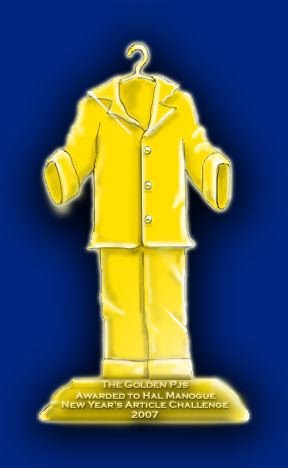The soul environs itself with friends, that it may enter into a grander self-acquaintance or solitude; and it goes alone for a season, that it may exalt its conversation or society. This method betrays itself along the whole history of our personal relations. The instinct of affection revives the hope of union with our mates, and the returning sense of insulation recalls us from the chase. Thus every man passes his life in the search after friendship.
Ralph Waldo Emerson in his 1841 essay, Friendship opens the door of imagination and a whole series of impulses coming dancing from the shadows. We live for friendships; we live to be close to something, to be united in thought and action, and we never fully understand why. The desire to see others as aspects of ourselves is an innate quality. Mental impressions of any kind are not simply written or imprinted in this reality; they have a greater dimensionality.
Physics tells us that waves appear as particles under certain conditions and particles can act like waves. Subatomic particles can also behave like waves sometimes. It is only when they act like particles that we perceive them at all. Many of these invisible waves and particles can be in more than one place at a time, but that fact is hard to understand in a world where objects stay where they are meant to be.
Each appearance of these particles is a self version of them since we alter them just by observing them. We don’t believe it, but the human particle can be a wave and be in more than one place at a time. The appearance of our physical consciousness is a version of our original self that as itself never appears.
An electron for example is track or a trace of something else. The appearance of the trace particle is called an electron. We never see the invisible consciousness units (quarks) that are the structure for the complete electron. Our original self is like the electron. It straddles realities dipping in and out of them in a creative display of versions of the self. The original self takes on properties of the system where it appears and the characteristic that are native to that environment.
When the physical self enters this three dimensional reality from an inner reality the energy waves carrying it break not in just one particle, but into a number of conscious particles. They spread out from the point of contact and form individual lives. Our vision of living in other centuries is actually a manifestation or a remembrance of these counterparts that are creative versions of the original self.
Emerson’s concept of personal relationships and friendships of the soul are by-products of our desire to know the complete self, which we do, but don’t remember. Friendships give us an energy connection that brings us closer to identifying more than one self. We put everyone in our physical lives to pull our psychic structures together so we can experience a form of the complete self.
Subscribe to:
Post Comments (Atom)











No comments:
Post a Comment